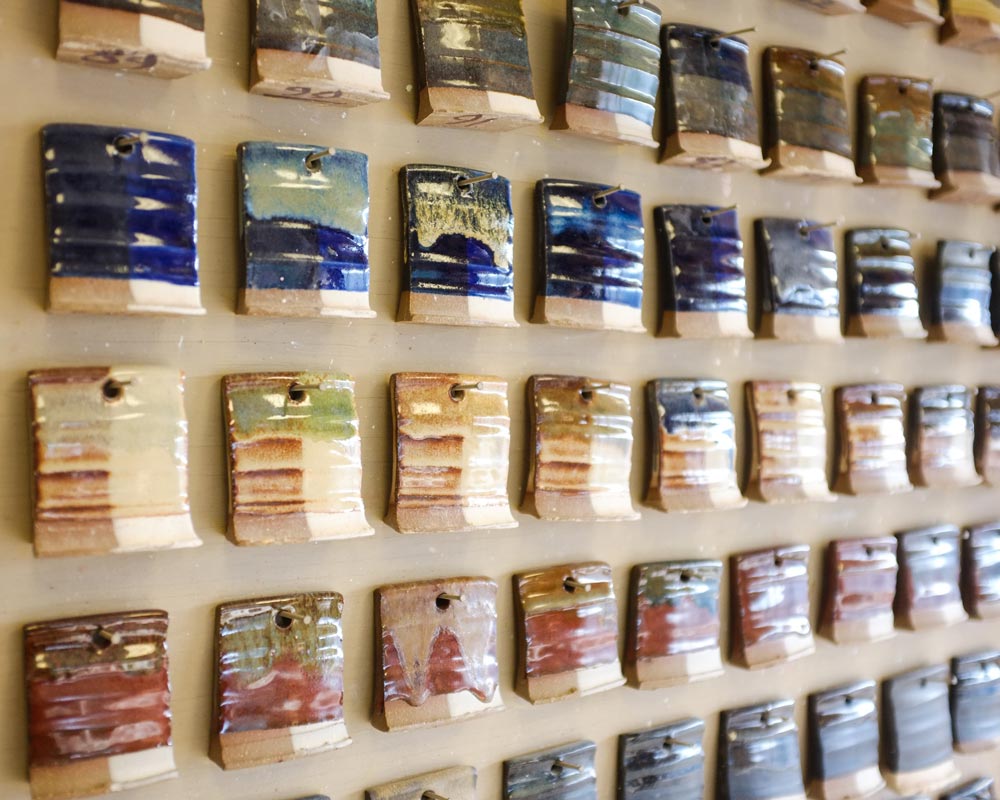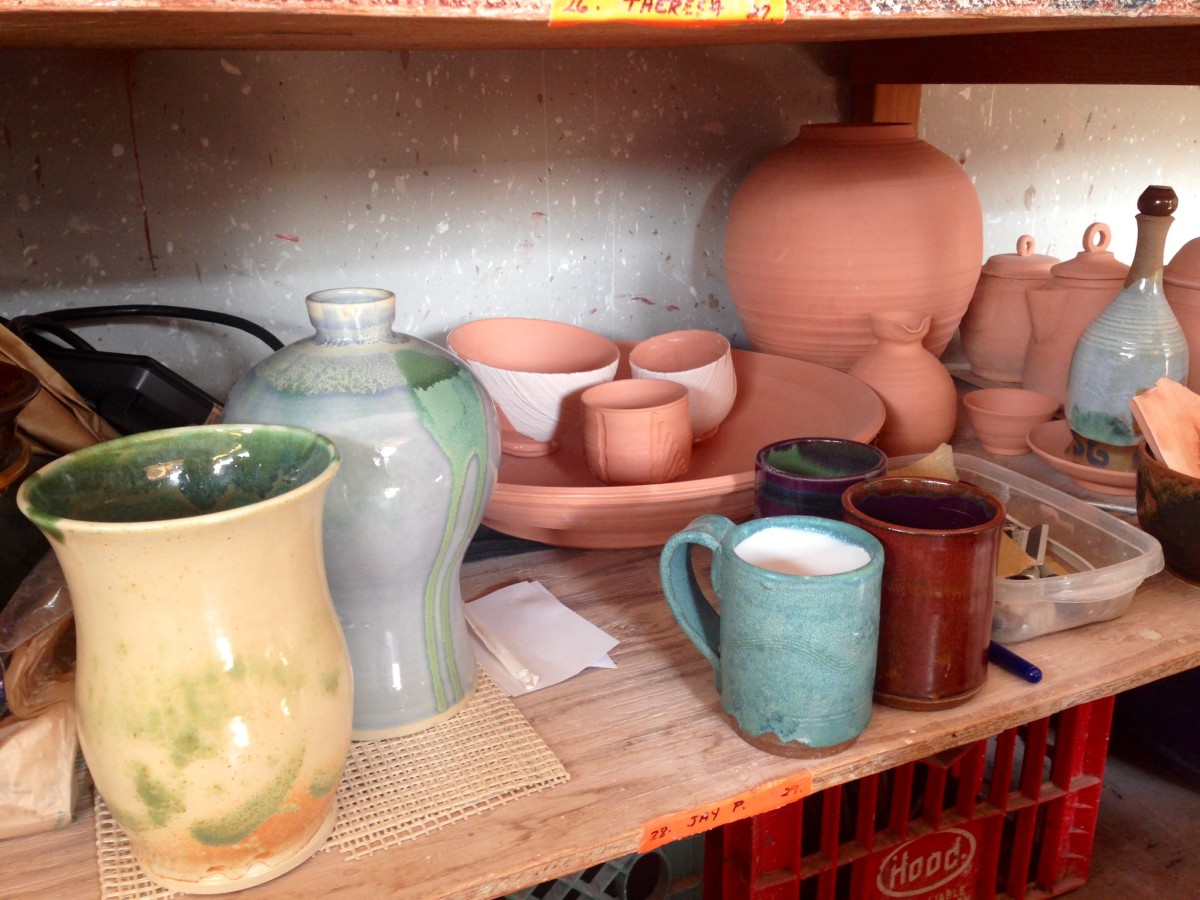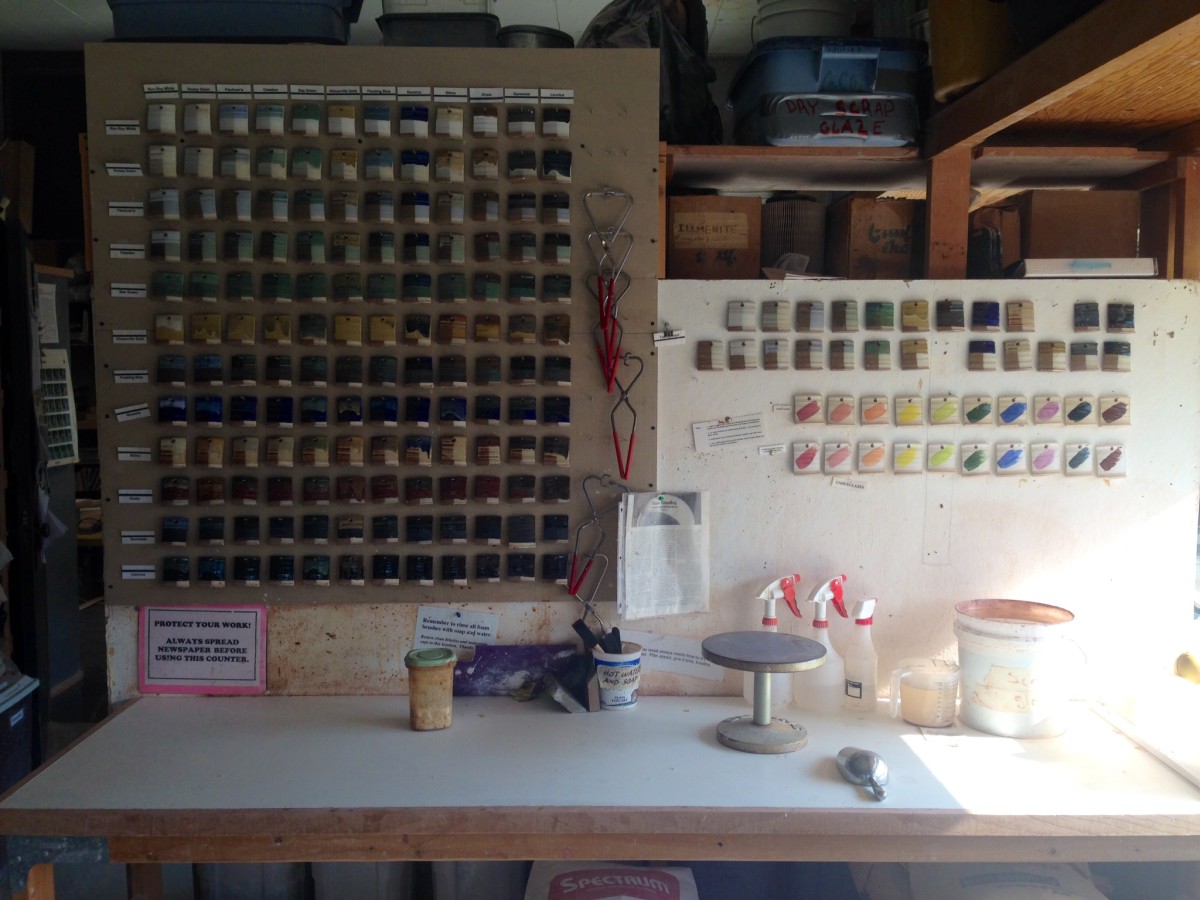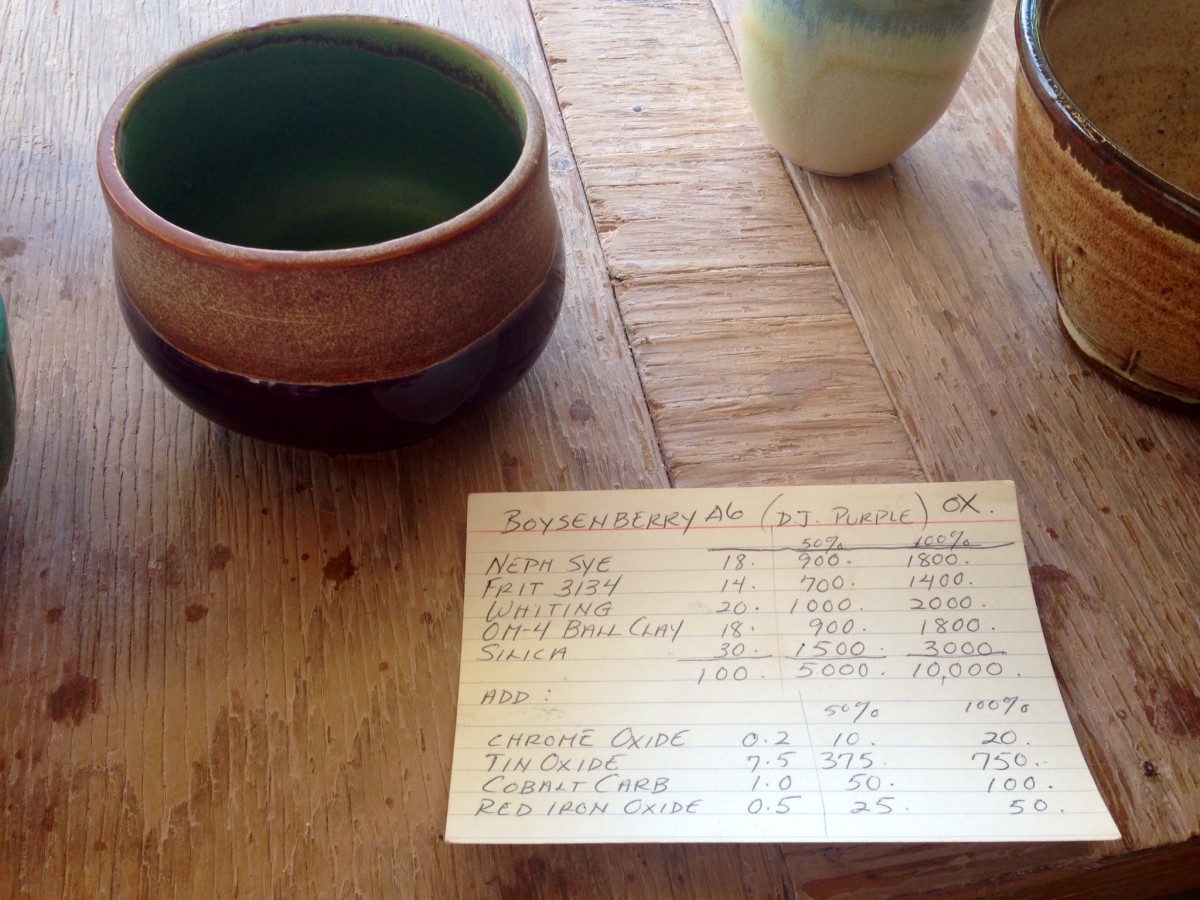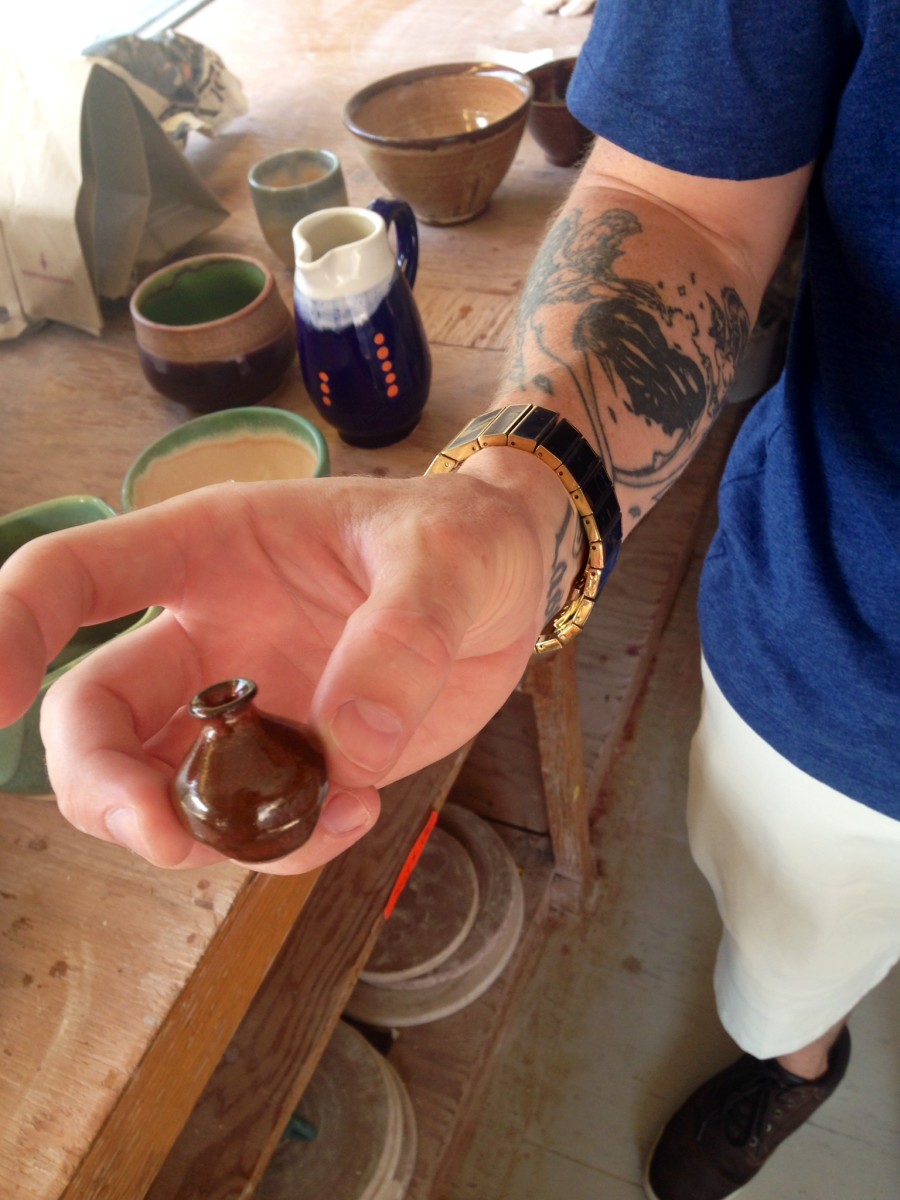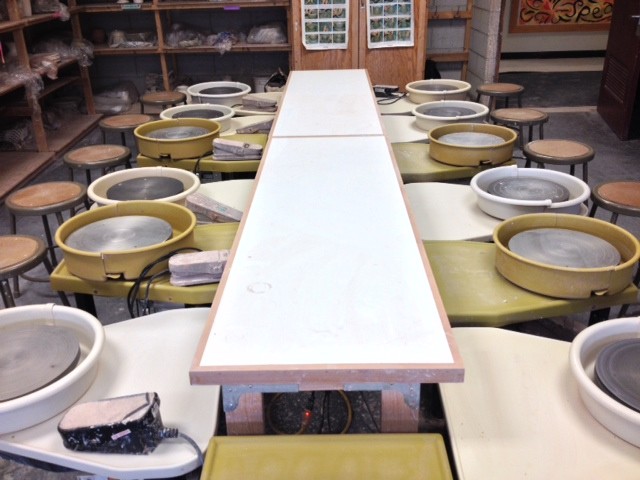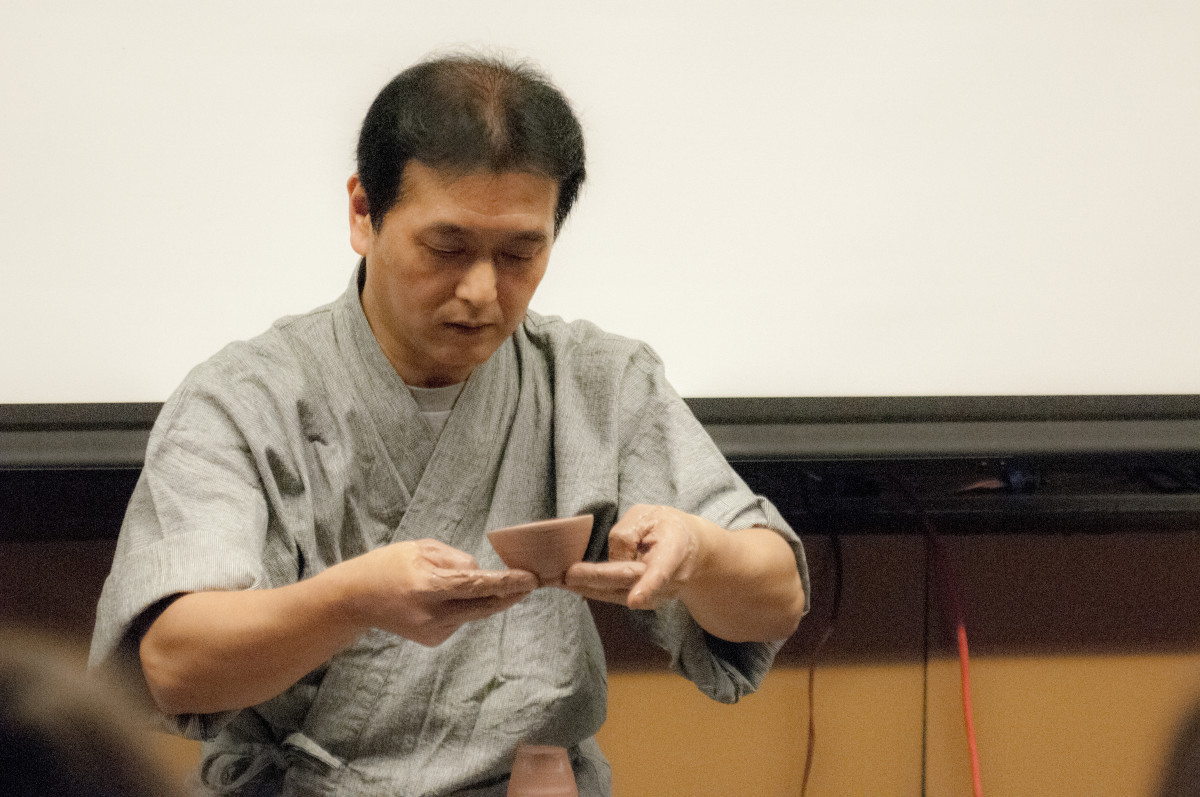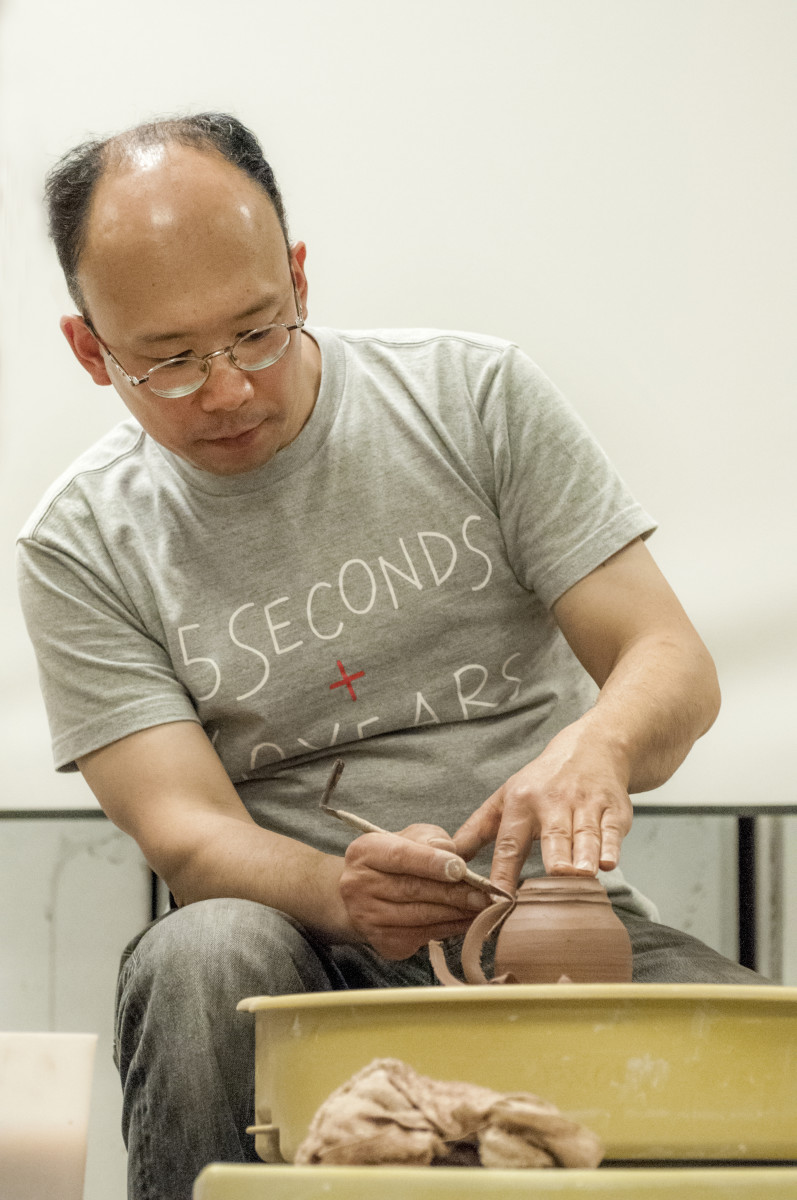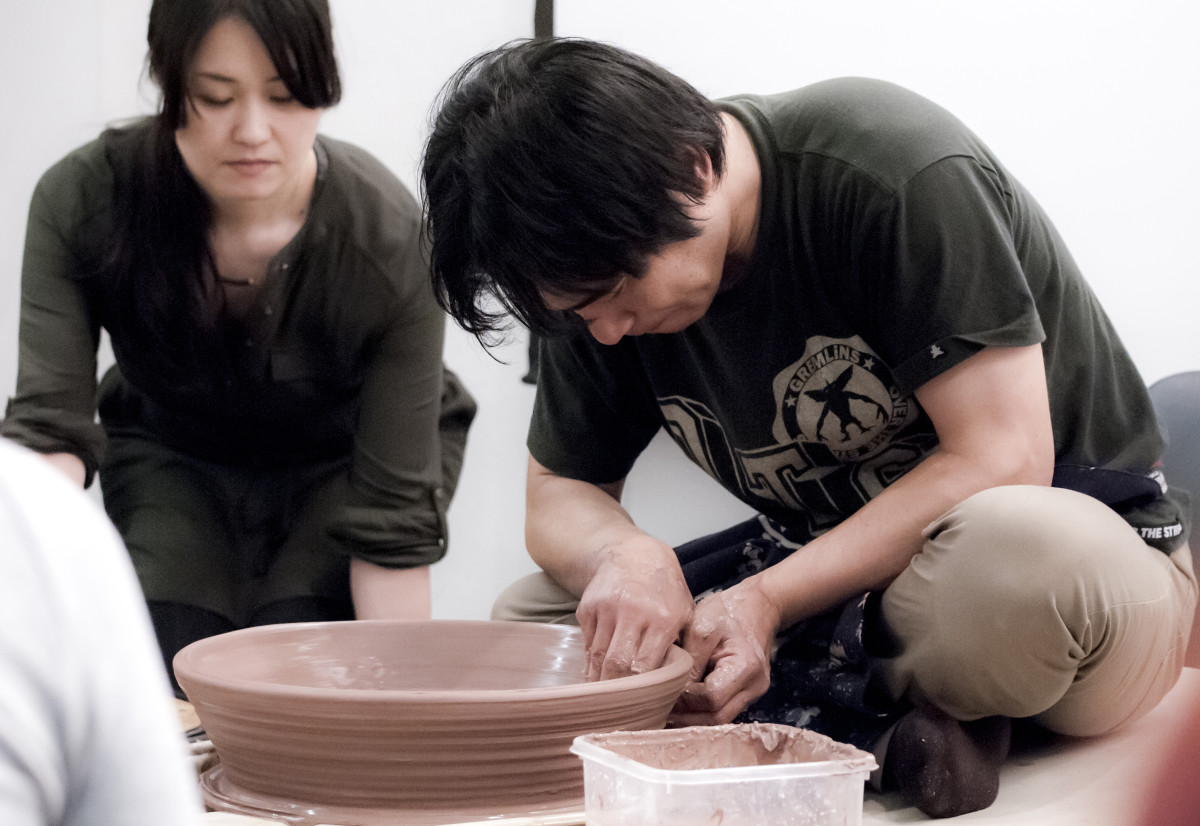Bettering student life one pot at a time
For half a century, the MIT Arts Studios (previously the Student Art Association or SAA) has been offering non-curricular studio art courses to the MIT community, and its popularity has increased with each passing year. When it was founded in the mid-1960s, MIT President Julius Stratton—who also oversaw the creation of the School of the Humanities—stated that foremost in his thinking about MIT was, “the idea of the wholeness of education—that what we have to offer the student, undergraduate or graduate, is a total experience, an experience that goes beyond the formal curriculum, beyond a program of courses and a series of examinations. It is more than lectures and classrooms and laboratories, however excellent they may be.” In his view, “participation in student activities” and “the new perspectives awakened by visiting lecturers and by the arts” were paramount to bettering student life.
Fifty years later, the program remains true to this mission by offering courses in ceramics, painting, drawing, printmaking, and photography in an open, relaxed environment. Enrollment has swelled in recent years, and manager Stacy DeBartolo attributes the program’s growth to “the instructors’ knowledge and charisma, and the students’ eagerness to learn traditional art techniques without the stresses of their curricular subjects. One subject that is phenomenally popular is ceramics. We have started offering more courses to meet demand and added new equipment.”
Recently, Ceramics Instructor Jason Pastorello showed us around the studios in W20, where he and Ceramics Studio Manager and Instructor, Darrell Finnegan, teach a range of ceramics classes to beginning, intermediate, and advanced students. While the majority of his students have no experience or prior formal training, Pastorello notes that, “The acceleration of learning here is faster than other places I have taught. So, I’ve gotten to up my game. It’s strengthened me as a potter by working here.” He also points out, no matter how far you advance, “you always have to go back to your foundation, to the basic steps,” so the program is flexible with permitting students to enroll in whichever section fits their schedule best and encourages students to use the studios independently outside of class time.
The broad spectrum of techniques that Finnegan and Pastorello teach is evident in the work filling the studio shelves. There are charming miniature pieces (from 1 x 1 x 1 inch) and ambitious large-scale objects (approximately 30 x 36 x 30 inches)—the largest the kiln can accommodate. “The small pieces became fairly popular,” Pastorello remarked. “There’s a freedom to working small-scale, insofar as you don’t have to fail big, if the clay collapses in the firing process.” An assortment of plates, figurines and vessels are on view, each with signs of carving, piercing or paddling, with matte or satin surfaces, covered in milky white shino glazes or earthy oxides, celadons, jade or blue glazes of varying opacity. “Through taking your time with a handful of glazes, depending on what clay body it is on, you can push the limits of the color range,” Pastorello explains.
To complement the classes, Pastorello has initiated a series of ceramics masterclasses at MIT, featuring world-renowned potters. Pastorello says, “I wanted to be able to get the students to see a lot of different ceramics made in lots of ways, all at once. In college, I got a lot of inspiration from the Pucker Gallery on Newbury Street. I started bringing my students over there, and they asked if there was interest in having a workshop.” Since Fall 2014, ceramicists Miraku Kamei, Tomoo Hamada and Yoshinori Hagiwara—all of whom are represented by the Pucker Gallery—offered workshops at MIT that combined lectures and hands-on demonstrations of their craft. In January 2016, this series continues with an IAP Ceramics Masterclass by North-Carolina based potter Ben Owen III, which is open to all ceramics enthusiasts.
Once each semester, the semi-annual Ceramics Sale in the MIT Memorial Lobby in Building 10 features the work of students, ranging from incense burners to vases, serving plates to wall decor.

